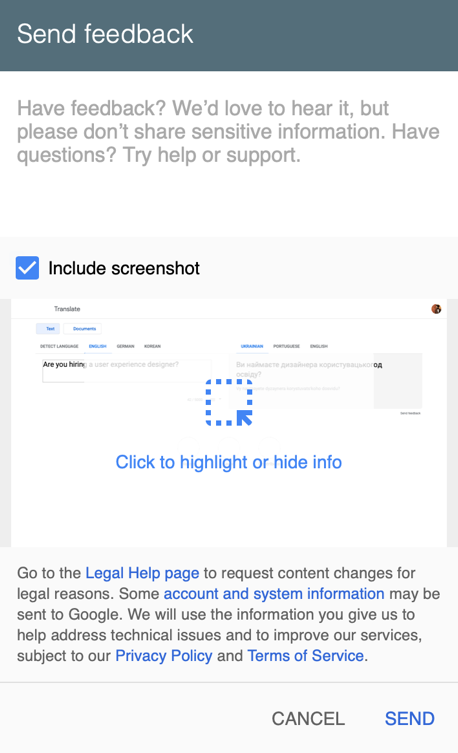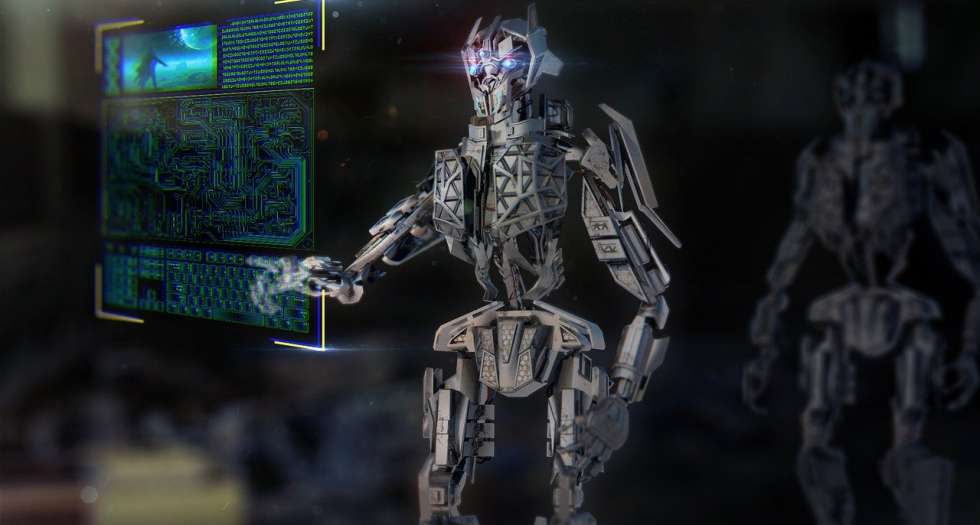Artificial intelligence (AI) and machine learning (ML) are now at the heart of almost every industry. This is because of significant benefits like automated processes, reduced costs, and improved efficiency. However, it doesn’t stop there, as AI is also a driving force behind enhanced user experiences (UX).
But not everyone gets it. Some developers continue to adjust UX parameters based on the algorithm’s functionality. As such, this approach has the opposite effect on improving UX.
For example, in this scenario, smart algorithms get the final say on what we watch or what lane smart vehicles drive on. This is also one of the primary reasons why social media today has turned into an endless AI-curated feedback loop.
This makes it critical for designers to build products that ML algorithms can easily understand. More importantly, it’s also essential to fully leverage the power of AI to make the life of the end-user better and much more straightforward.
So, how do we achieve this with good AI UX? Let’s take a look.
1. Visually Segregate AI Content
Most of the time, we use AI and ML to dive deep into oceans of data and generate new and valuable content for the end-user. For example, when Netflix makes a recommendation, that’s smart algorithms in action.

While AI-generated content is often beneficial, sometimes, these predictions can miss the mark. To make more accurate predictions, they need lots of data and feedback to learn from.
As such, it’s important to let the user know when an algorithm made the recommendation. This approach allows the user to make the final decision on whether they should trust it or not.
A great example of this is Firebase, a tool used by mobile developers. As you can see from the image below, Firebase labels all predicted data with a magic wand icon.

The mobile development tool also offers more information about the accuracy of the prediction. This approach allows the user to set their risk tolerance.
2. Help Users Understand How Machines Think
Although AI might seem magical to the general user, it’s not. However, software engineers often struggle to explain how smart algorithms make a prediction.
By better explaining how machines work, users can also use them better while understanding their limitations. However, this doesn’t mean that you should rush into some extensive detailed explanation about it.
Instead, you can do this by providing hints on what the ML algorithms do and what data it’s using. Amazon has been doing this well for years with its e-commerce recommendation engine. When it makes a recommendation, it also tells you what the information is based on.

3. Set Appropriate Expectations
Set the right expectations when you release an AI-driven product. This is especially true when it comes to self-driving cars. For example, that deadly Tesla accident could have been averted if the company set appropriate expectations when it came to navigating complex situations, even in autopilot mode.
Setting the right expectations can be increasingly challenging because AI and AI products are sensationalized. It’s the primary reason why chatbots keep communicating their level of advancement and limitations during each interaction.
4. Always Use the Right Training Data
Intelligent algorithms are only as good as the training data they work with. If your data isn’t appropriate, the results can be disastrous.
When building AI-powered products, software engineers often take the following high-level steps:
- Identify the best AI algorithm for the task.
- Feed the training data and enable AI to learn from this data.
- Publish the end product only after training and testing are complete.
Most often, UX designers help collect training datasets and define the expected outcomes. While this is relatively easy, things get quickly complicated when the expected results are subjective to the end-users.
For example, when Netflix asks you if its recommendation was useful, the UX team tries to understand the user. As the platform collects and learns from more data, the algorithms make better recommendations. So, it’s crucial for both developers and designers to work closely together on this.
5. Test, Test, and Test Again
When it comes it AI, you must expect the unexpected. AI can generate content that we never thought of before. Sometimes, this can lead to weird, funny, or even disturbing edge cases.
In this scenario, most examples come from rude or funny interactions with bots and voice assistants like Amazon’s Alexa.
You don’t have to look far to hear stories about Amazon’s Alexa ordering products after overhearing conversations on the radio. But it doesn’t stop there. Facial recognition technology can also not recognize certain races because of limited datasets.
To avoid potential hiccups down the road, it’s critical to test extensively. This approach goes a long way to minimize such errors. Testing provides opportunities to fine-tune the algorithm and avert negative experiences.
Testing your AI UX also helps developers decide what they should optimize to get meaningful insights about machine and human interactions.
6. Embrace the Wizard of Oz
UX testing of AI-driven products is far from straightforward. This is because you can emulate the delivery of highly personalized content and experiences with a wireframe.
The best approach here is to embrace the Wizard of Oz testing method. In this case, someone will emulate the product’s response in the background. In other words, humans will mimic chatbot responses.
What’s great about this testing approach is that you can use the test participant’s unique content in test situations. For example, you can ask them about their favourite TV shows or movies and make recommendations based on their answers.
Whenever you use the Wizard of Oz testing approach, you also test the user’s assumptions and how they react to good or bad recommendations.
7. Give Ample Opportunities to Provide Feedback
It’s no secret that AI gets better with time. But to help these ML algorithms, it’s crucial to provide feedback. For example, this is precisely the reason why Google Translate always has a “send feedback” button under each translation.


With each feedback, the algorithm collects data and continuously gets better. This makes it important to provide as many opportunities as possible for users to send their feedback. You should also make this process as easy as possible. So, if feedback can be collected with one tap, like or dislike, use it.
Although AI has come a long way, it’s still in its infancy. While it can definitely learn from our human experiences, it can’t think for itself (not yet anyway). As such, we shouldn’t look to AI to solve complex UX problems.
This means that humans will continue to play a critical role in UX design. However, this role will probably evolve and change as AI progresses to become more capable. In the future, it might even help UX designers build more complex architectures and generate perfect code. But for now, humans have to take on the bulk of the work when it comes to AI UX design.
Are you thinking about building an AI-powered application? We can help! Schedule a commitment-free consultation with our in-house AI UX experts.

